CTS BD1N is a nitrogen containing, high carbon chromium martensitic stainless steel balanced to provide superior hardness compared to CTS BD1 steel. It has a hardened hardness of HRC 60 - 63. Corrosion resistance similar to 410, can resist corrosion in mild atmospheric conditions, fresh water, steam, ammonia, many petroleum products, organic materials and several weakly acidic environments.
The CTS family of grades provides excellent edge retention and surface finish, as well as the ability to machine to a fine edge and consistent heat treatment from lot to lot.
Applications
CarTech CTS BD1N alloy is ideal for use in cutlery applications where high hardness, edge retention and corrosion resistance are required.
Corrosion resistance
CTS BD1N alloy, like CTS BD1, has corrosion resistance similar to Type 410 alloy. It can resist corrosion in moderate atmospheres, fresh water, steam, ammonia, many petroleum products and organic materials, and several mildly acidic environments. This grade is used in the quenched and tempered condition. Optimum corrosion resistance is achieved when tempering below approximately 800 °F (427 °C).
For optimum corrosion resistance, surfaces must be free of scale, grease, foreign particles and coatings applied for drawing and upsetting. Surface cleaning and / or passivation should be considered after parts have been manufactured.
Chemical composition
Chemical composition of steel grade CTS-BD1N | ||||||||
| C | Cr | Mo | N | Mn | Si | P | S | Fe |
| 0,85-0,95 | 15,0-17,0 | 0,5 | 0,10-0,15 | 1,0 | 1,0 | 0,03 | 0,01 | Other |
Physical properties
- Density: 0.2800 lb/in³ (7.75 g/cm³).
Heat treatment
Carpenter CTS BD1N steel is subject to decarburization during heat treatment and precautions must be taken to control this condition.
Annealing
CTS BD1N alloy should be annealed in a neutral atmosphere. Heat uniformly to 1550 / 1600 °F (843 / 871 °C), then cool very slowly in the furnace until the furnace turns black. The furnace can then be turned off and allowed to cool naturally. Fully annealed hardness is a maximum of 25 HRC.
Hardening
Preheat to 1400 / 1500 °F (760 / 816 °C), then increase temperature to 1900 / 1950 °F (1038 / 1066 °C), hold for 15 to 30 minutes, quench in warm oil or cool in air. Do not overheat. This cycle is specifically designed for cutlery and may require modifications for other applications.
Tempering
Carpenter CTS BD1N alloy can be tempered over a range of temperatures from 300 °F (149 °C) to 800 °F (427 °C), soaked at least one hour then air cooled to room temperature. The specific tempering treatment chosen will depend upon a number of factors including the austenitizing temperature utilized, application of a refrigeration treatment and the desired combination of final hardness, toughness and corrosion resistance. To remove transformation stresses, yet retain peak hardness, temper at 300 °F (149 °C) to 350 °F (177 °C). Tempering at temperatures of 800 °F (427 °C) and higher will reduce toughness and corrosion resistance.
Sub-zero cooling
After hardening, the alloy may be refrigerated at -100 / -120 °F (-73 / -84 °C) for at least one hour then warmed to room temperature prior to tempering to minimize retained austenite and achieve maximum hardness capability. Refrigeration is most effective when performed within two hours after the austenitizing treatment.
Effect of austenitization temperature, cold working and tempering on hardness - CTS BD1N steel
Strip thickness 0.1565" (3.98mm).
| Austenitization temperature* | Sub-zero treatment | Tempering treatment | Hardness (HRC) |
| 1850°F (1010°C), 20 min., AC | - | 300°F (149°C), 1 Hr., AC | 60 |
| 400°F (204°C), 1 Hr., AC | 58.5 | ||
| 500°F (260°C), 1 Hr., AC | 58 | ||
| 600°F (316°C), 1 Hr., AC | 57.5 | ||
| 700°F (371°C), 1 Hr., AC | 57.5 | ||
| 800°F (427°C), 1 Hr., AC | 58 | ||
| -100°F (-73°C), 1-Hr., AW | 300°F (149°C), 1 Hr., AC | 61 | |
| 400°F (204°C), 1 Hr., AC | 58.5 | ||
| 500°F (260°C), 1 Hr., AC | 58 | ||
| 600°F (316°C), 1 Hr., AC | 57.5 | ||
| 700°F (371°C), 1 Hr., AC | 57.5 | ||
| 800°F (427°C), 1 Hr., AC | 58 | ||
| 1900°F (1038°C), 20 min., AC | - | 300°F (149°C), 1 Hr., AC | 61 |
| 400°F (204°C), 1 Hr., AC | 58.5 | ||
| 500°F (260°C), 1 Hr., AC | 58.5 | ||
| 600°F (316°C), 1 Hr., AC | 57.5 | ||
| 700°F (371°C), 1 Hr., AC | 57.5 | ||
| 800°F (427°C), 1 Hr., AC | 57.5 | ||
| -100°F (-73°C), 1-Hr., AW | 300°F (149°C), 1 Hr., AC | 62 | |
| 400°F (204°C), 1 Hr., AC | 59 | ||
| 500°F (260°C), 1 Hr., AC | 59 | ||
| 600°F (316°C), 1 Hr., AC | 59 | ||
| 700°F (371°C), 1 Hr., AC | 59 | ||
| 800°F (427°C), 1 Hr., AC | 59 | ||
| 1925°F (1052°C), 20 min., AC | - | 300°F (149°C), 1 Hr., AC | 61 |
| 400°F (204°C), 1 Hr., AC | 58 | ||
| 500°F (260°C), 1 Hr., AC | 58 | ||
| 600°F (316°C), 1 Hr., AC | 56.5 | ||
| 700°F (371°C), 1 Hr., AC | 56.5 | ||
| 800°F (427°C), 1 Hr., AC | 56.5 | ||
| -100°F (-73°C), 1-Hr., AW | 300°F (149°C), 1 Hr., AC | 62 | |
| 400°F (204°C), 1 Hr., AC | 60 | ||
| 500°F (260°C), 1 Hr., AC | 60 | ||
| 600°F (316°C), 1 Hr., AC | 60 | ||
| 700°F (371°C), 1 Hr., AC | 59.5 | ||
| 800°F (427°C), 1 Hr., AC | 60 | ||
| 1950°F (1066°C), 20 min., AC | - | 300°F (149°C), 1 Hr., AC | 60 |
| 400°F (204°C), 1 Hr., AC | 58 | ||
| 500°F (260°C), 1 Hr., AC | 58 | ||
| 600°F (316°C), 1 Hr., AC | 56 | ||
| 700°F (371°C), 1 Hr., AC | 56 | ||
| 800°F (427°C), 1 Hr., AC | 56.5 | ||
| -100°F (-73°C), 1-Hr., AW | 300°F (149°C), 1 Hr., AC | 63 | |
| 400°F (204°C), 1 Hr., AC | 60 | ||
| 500°F (260°C), 1 Hr., AC | 60 | ||
| 600°F (316°C), 1 Hr., AC | 60 | ||
| 700°F (371°C), 1 Hr., AC | 60 | ||
| 800°F (427°C), 1 Hr., AC | 60 | ||
*If used, sub-zero temperature processing should be carried out within 2 hours of curing.
Hot working
Carpenter CTS BD1N alloy should be handled like a high-speed tool steel. Preheat to 1400 / 1500 °F (760 / 816 °C), then heat slowly and uniformly to 2000 / 2200 °F (1093 / 1204 °C).Do not forge below 1700 °F (927 °C), and reheat as often as necessary. Cool in a furnace heated to about 1550 °F (843 °C), soak uniformly at this temperature, then shut off the heat and cool slowly in the furnace. Alternatively, the material could be cooled in an insulating medium such as dry ashes or vermiculite. Anneal after forging. Cool to room temperature before annealing.
Machinability
For most machining operations, CTS BD1N alloy is most readily machined in the annealed condition. Because of its high carbon content, this alloy machines similarly to high-speed steels.
The information and data presented herein are typical or average values and are not a guarantee of maximum or minimum values. Applications specifically suggested for material described herein are made solely for the purpose of illustration to enable the reader to make his/her own evaluation and are not intended as warranties, either express or implied, of fitness for these or other purposes.

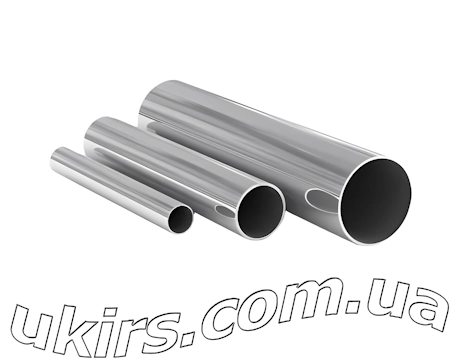 Stainless Steel Round Pipe
Stainless Steel Round Pipe 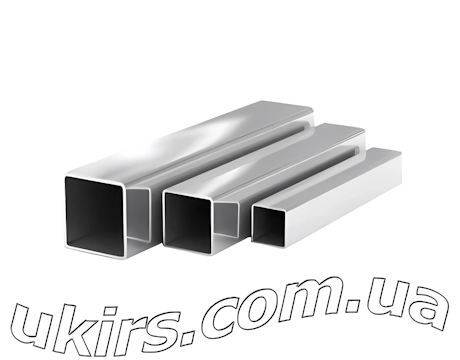 Stainless Steel Square Pipe
Stainless Steel Square Pipe 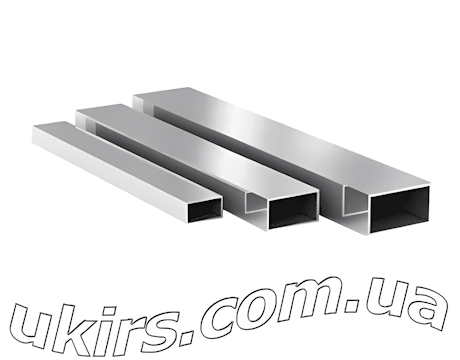 Stainless Steel Rectangular Pipe
Stainless Steel Rectangular Pipe 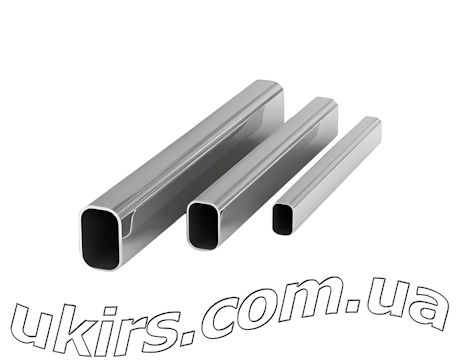 Stainless Steel Oval Pipe
Stainless Steel Oval Pipe 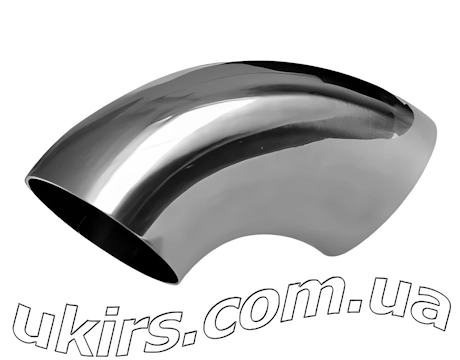 Stainless Steel Elbow
Stainless Steel Elbow 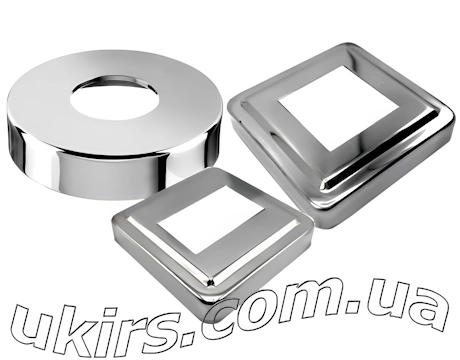 Stainless Steel Decorative Cover
Stainless Steel Decorative Cover 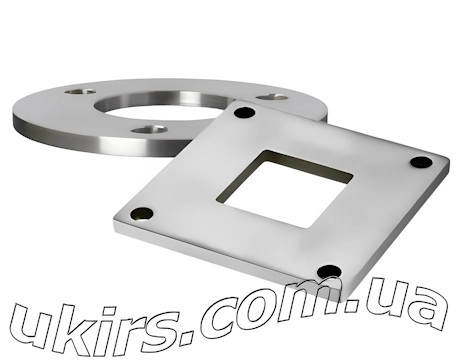 Stainless Steel Flange
Stainless Steel Flange 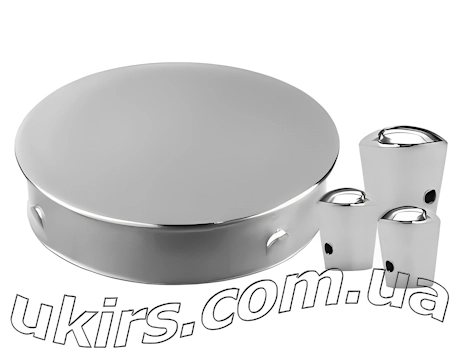 Stainless Steel Plug / Cap
Stainless Steel Plug / Cap 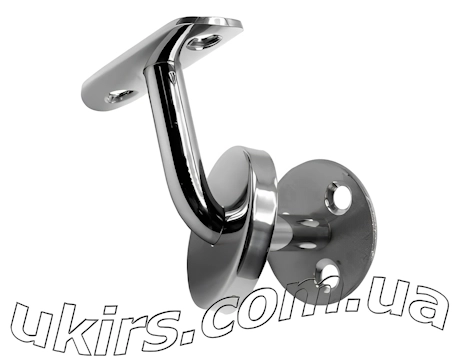 Stainless Steel Handrail Holder
Stainless Steel Handrail Holder